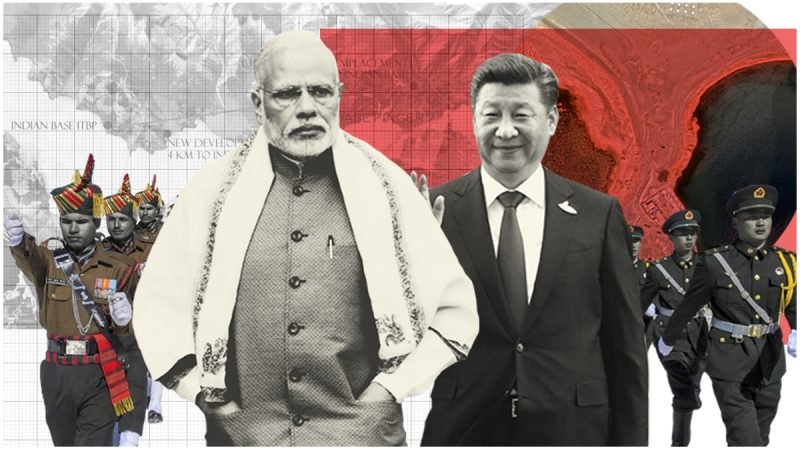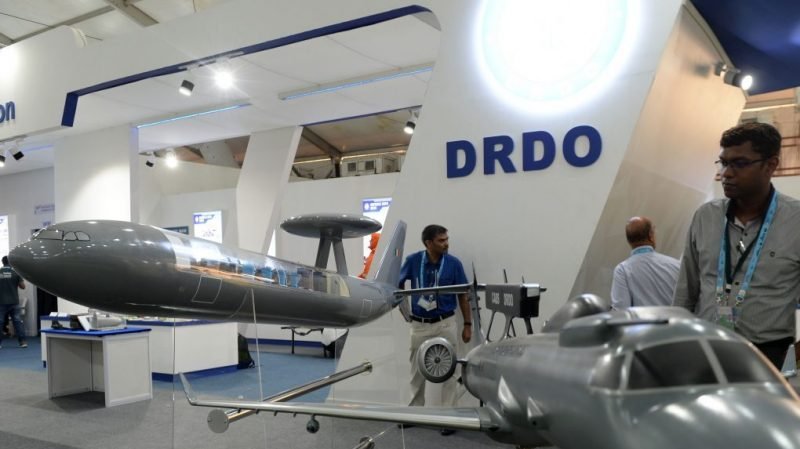India needs to match the pace of Chinese breath-taking strides in science and technology to Avoid Another Galwan-like incident

The 21st Century is widely believed to be an Asian Century, or at least a century where major rebalancing of international power and frameworks will happen. And two of the world’s most populous countries & fast-growing major economies – China and India – will be the drivers of the century. However, once referred to using the portmanteau ‘Chindia’, the differences between the economies and development of China and India are growing farther. The differences are even more relevant today as the geopolitical tensions between the two neighbours, both of which happen to be ancient civilisations with many cultural and historical linkages, are pinnacling. Why is India lagging behind China in the development race?
Development in science & technology (S&T) is directly correlated to overall growth of any economy. Improvement in technologies opens up new avenues of generating revenues and harnessing existing resources efficiently. In the past few decades, China has made earnest efforts, both in terms of policy and practice, to transform itself from a manufacturing hub of the world to an innovation capital. Its flagship policies, today, are mainly directed towards sci-tech, and aligned with its national interests & realization of the ‘Chinese Dream’. Policies like the MIC 2025, development of world-class clusters of cities on the lines of USA’s Silicon Valley, etc. indicate the dedicated focus of Chinese on building an ecosystem for innovation & competition.
‘The India Way’, therefore, cannot be without developing its indigenous technologies and original research with a fresh vitality. A technologically stronger neighbour is just another shot in India’s strategic dreams. Though we do have few success stories to boost the morale of our scientific community, including India’s nuclear and space programs, there is an urgent need to resolutely address the fundamental issues, both in terms of the scientific culture and policy, for us to truly have a global footing in the sci-tech domain.

The Indian education system, right from the beginning needs to be tweaked to promote inquisitiveness, reasoning ability, and hence, a scientific temperament in the students. Such a temperament is necessary for students to develop a problem-solving approach towards existing issues in the world. Also, despite being world’s third largest publisher of science & engineering (S&E) research articles, India has a poor record in producing high-quality impactful journals. India recorded the fastest average annual growth rate of publications between 2008 and 2018 with 10.73 per cent. However, India also tops in the global list of countries getting low-quality research in ‘predatory’ journals. Thus, there needs to be a dedicated effort to discourage such low impact research in India and the culture of publication in ‘predatory’ journals. India requires a distinctive prudent anticipation of the future technology trends to focus more on socially and strategically relevant research, and an eagerness to establish leadership in such futuristic domains. For example, the far-sighted leadership of Deng Xiaoping, saw rare earth minerals as China’s equivalent to the oil of Middle East as far back as 1992. Quite unsurprisingly, China is using this as a leverage against geopolitical issues as well.
Academic autonomy & liberal spaces for research are an important ingredient towards developing a progressive research & innovation ecosystem in India. India can anchor onto its democratic credentials to achieve this. Also, India should reform its bureaucracy towards a more pro-technology mindset. The private and government labs should also be allowed to compete with each other for increased pace of scientific development. The government should fund even the R&D labs of industries, apart from funding the academia, to have an industry-driven research. Also, decentralization of scientific assets across the labs of India should be promoted to avoid clustering. Such an ecosystem is also required to attract and nurture a talented pool of individuals, which can prove as an asset to India’s startup culture as well.
The conversion of startups to unicorn remains a challenge in India. Strong legal frameworks, infrastructural development, protection to startups against competition from industry giants & acquisitions, tax incentives, curbing monopolistic tendencies and better enforcement of intellectual property laws are the need of the hour to develop an entrepreneurial ecosystem, with a focus on S&T, in India.

Also, self-sufficiency in critical technologies is the need of the hour. ‘Atmanirbhar Bharat’ must focus on achieving this. India can capitalize on bilateral and multilateral cooperation towards promoting S&T in India. More focus should be given to technology transfers and promoting Indian manufacturers using offset obligations. The increased frequency of recent cyber-attacks on critical infrastructures have opened a wholly new front of warfare. India’s susceptibility arises from its huge import dependency on fundamental blocks of hardware, like microcontrollers. To focus on the future cyber technologies, a dedicated cyber wing of military is inevitable. Such a military wing may collaborate, encourage, invest, and integrate research in cyber technologies in India.
The pandemic has exposed the vulnerability of India due to it abysmal advancement in the R&D domain vis-à-vis other major economies of the world. The ‘pharmacy of the world’ should now start investing heavily in biotechnological fields and other futuristic technologies. The US defence sector was the primary technological ‘disruptor’ in the 20th century. We may also have an indigenous one, atleast in the second half of the 21st century, provided we approach the sci-tech domain with a renewed energy post-pandemic.


















